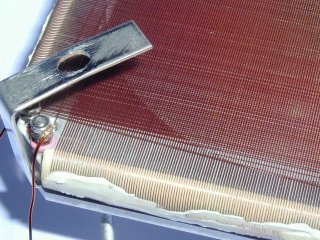 3D Imaging
3D Imaging
by T. Einfeld, A. Chichinin, O. Ott, N. Gödecke, C. Maul, and K.-H. Gericke
* Why are photodissociations
so exciting?
Simply because without them there is no life
on earth and on a more fundamental ground of understanding: they are half
of a bimolecular reaction and they can be studied in detail.
* These are the questions which can be answered:
- Which electronic states are involved in the
absorption process?
- Which electronic states are involved in the
dissociation process?
- What are the products?
- What is the branching ratio?
- What are the quantum states produced in the
dissociation (J, v, E, mJ)?
- What are the correlated quantum states?
- What is the angular distribution of the fragments?
- What is the velocity distribution, i.e. the
recoil in all three dimensions of space?
- What about the mechanism of the decay?
...
* Which Apparatus is used / useful?
The recently developed 3D Imaging apparatus is designed to determine the three-dimensional (3D) momentum vector of a single reaction product by a combination of two well-known principles. The first principle is the resonance enhanced multi-photon ionisation / time-of-flight technique (REMPI-TOF) to obtain the momentum distribution of one reaction product in one dimension. The second principle is the detection by a position sensitive detector to obtain the exact position of the same arriving particle and therefore the momentum distribution in the remaining two dimensions.
Details:
* Photodissociation Dynamics of Chlorine Containing Molecules
additionally
Auf diesem Webangebot gilt die Datenschutzerklärung der TU Braunschweig mit Ausnahme der Abschnitte VI, VII und VIII.